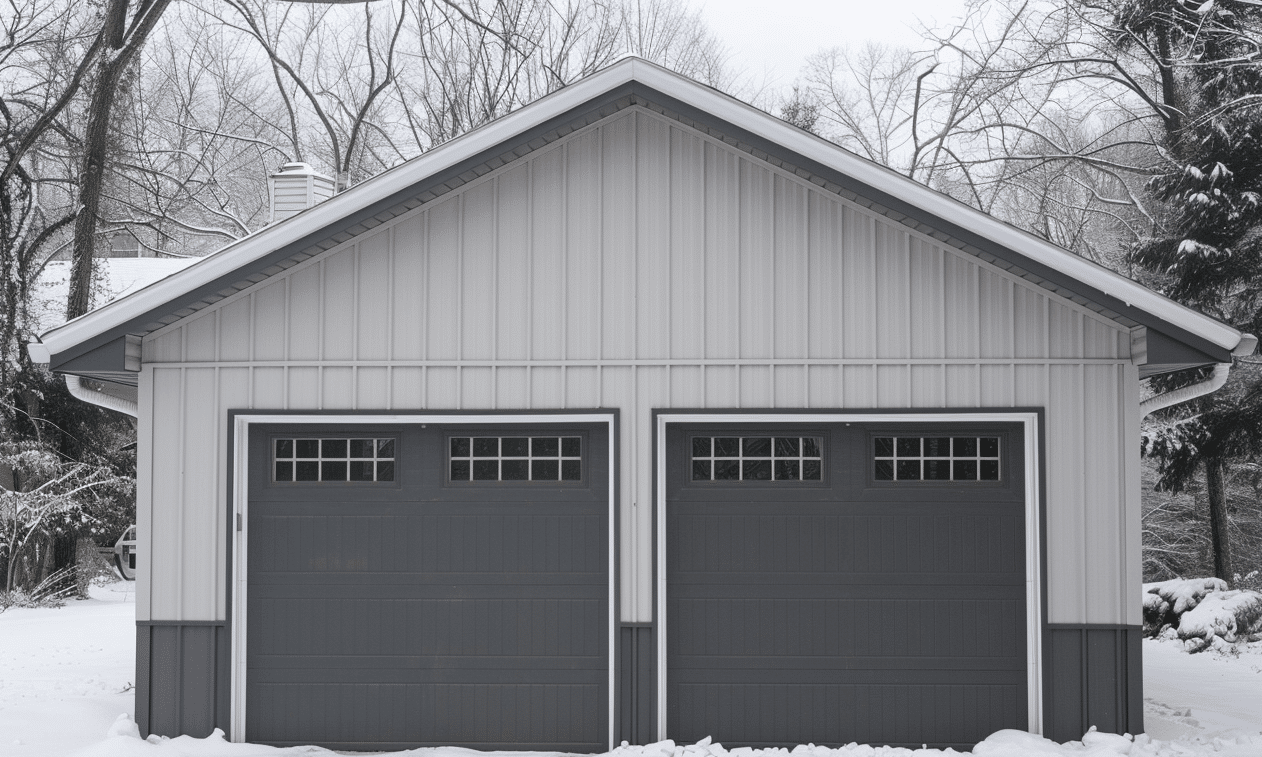When considering the construction of a pole barn, the topic of cost is often the elephant in the room. Pole barns are versatile, durable, and can be a smart investment for a multitude of applications – from agricultural storage to residential workshops. However, the cost involved can vary significantly based on a plethora of factors. Understanding these ‘pole barn cost factors’ effectively can help you prepare a realistic budget, ensuring no surprises down the line.
What’s Influencing the Cost of Your Pole Barn?
The dream of constructing a pole barn begins with visions of functionality and utility. But before breaking ground, it’s crucial to ask: What exactly affects the cost of building a pole barn?
Location and Site Preparation
One of the first considerations is your location and the site where you plan to build. Local zoning laws and permits can play a significant role in the overall cost. Furthermore, the condition of the site – whether it requires land clearing, grading, or foundation work – can add to your expenses.
Size and Design Complexity
It’s a simple equation: the bigger the barn, the higher the cost. And if you’re envisioning a unique design with custom features, brace for a significant impact on your budget. The complexity of your design influences not only the material costs but also the labor involved.
Materials and Construction Quality
The choice of materials is another significant factor. Opting for high-quality materials like steel or treated wood increases durability but also hikes up costs. Energy-efficient materials and insulation, while beneficial long term, can initially add to your investment.
Guiding Your Budget: Tips and Insights
Financial planning for a pole barn is more of a marathon than a sprint. It’s about thoughtful pacing and calculated steps. Whether you’re funding your barn with savings or considering Pole barn financing, here’s how to navigate the budgeting process:
Define Your Purpose Clearly
Start by being clear about the intended use of your barn. Is it going to be primarily for storage or used as a functional work space? The more specialized the use, the more custom features you’ll require, and thus a more significant budget.
Explore and Compare Quotes
Getting multiple quotes from different companies can provide a broader perspective on costs. Look for companies that offer a detailed breakdown of expenses. This transparency helps identify areas where you can potentially cut costs without compromising on quality.
Consider Long-Term Savings
Spending a little extra now on high-efficiency materials or systems can save you significantly in the future. Think of your pole barn as an investment. For instance, energy-efficient windows and proper insulation may mean higher upfront costs but can lead to lower energy bills down the line.
Utilize Financing Options
Budget constraints shouldn’t deter your plans. Investigate Financing Options for Steel Buildings which can help spread out the financial load. Financing solutions provide flexibility, allowing you to build without waiting until you have all the funds on hand.

Pole Barn Cost Strategies: Staying Alert and Prepared
Being savvy about budget planning involves using a few strategic methods to keep costs in check. Here are more BuildForce Canada – Pole Barn Cost Factors to consider:
DIY Elements
If you have the skills and tools, taking on some DIY tasks could lower costs. Tasks like painting or minor interior finishing can be handled personally, reducing the labor expenses involved in constructing your pole barn.
Timing and Flexibility
Booking your project off-peak can sometimes garner discounts and better rates from builders. Stay flexible with your timelines, as this can open up opportunities for savings.
Regular Assessment and Adjustments
Budgeting doesn’t stop once the financial plan is drawn up. Regularly assess your budget as the project progresses, and be prepared to make adjustments. Rigid adherence can sometimes lead to overspending when unexpected issues arise.
Choose the Right Team
Your choice of contractor can substantially affect costs. Selecting professionals with a strong reputation ensures reliability and quality, potentially saving you from future repair expenses. Your Building Team can provide expert insights tailored to your specific project needs.
Conclusion
Understanding pole barn cost factors is essential to avoid financial pitfalls. By considering aspects such as location, design, and materials, while implementing effective budgeting strategies, you can comfortably navigate the complexities of pole barn construction. Remember, by investing time in thorough planning and exploring viable Custom home cost factors , you’ll not only create a structurally sound pole barn but also a financially sustainable project. Happy building!










